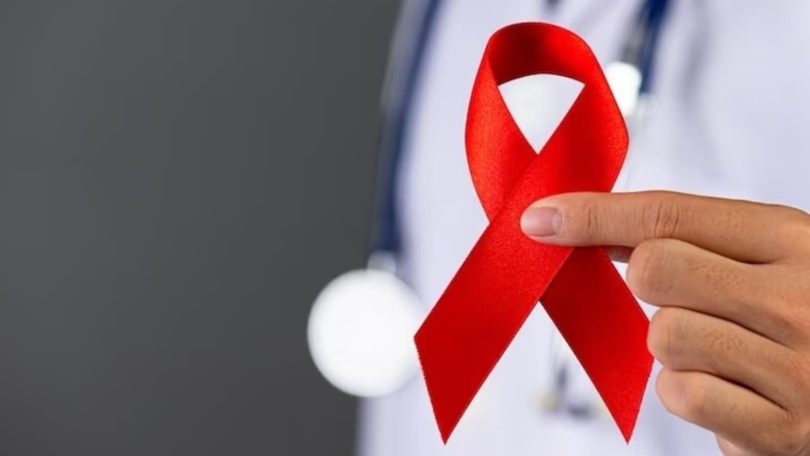[ad_1]
World Haemophilia Day 2023: Haemophilia is a genetic disorder that prevents body from clotting the blood and which may lead to excessive bleeding from even minor injuries. The bleeding disorder is caused by deficiency of certain clotting factors and is more common in men. People who have family history of haemophilia are at an increased risk of getting the disease. Haemophilia is also sometimes referred to as the royal disease as during the 19th and 20th century it affected royal families of England, Germany, Russia and Spain. It is said that Queen Victoria of England passed on the disease to three of her nine children. The condition is caused by a deficiency of certain clotting factors, most commonly factor VIII in Haemophilia A and factor IX in Haemophilia B.

Signs and symptoms of haemophilia
On World Haemophilia Day, Dr Roshan Dikshit-Senior Consultant, Haematology and Bone marrow transplant, Aakash Healthcare New Delhi, opens up on the signs and symptoms of the blood disorder.
Aside from excessive bleeding from deep bruises, there are other signs and symptoms of haemophilia that individuals should be aware of. These include:
Prolonged bleeding: Individuals with haemophilia may experience prolonged bleeding after surgery, dental procedures, or even minor cuts or scratches.
Joint pain and swelling: Repeated bleeding into joints can cause pain, swelling, and stiffness, particularly in the knees, ankles, and elbows.
Nosebleeds: Frequent and/or prolonged nosebleeds can be a sign of haemophilia, particularly in children.
Blood in urine or stool: Bleeding in the gastrointestinal or urinary tract can also occur in individuals with haemophilia, leading to blood in the stool or urine.
Easy bruising: While excessive bleeding from deep bruises is a hallmark of haemophilia, individuals with the condition may also bruise easily and frequently.
“It is important to note that the severity of haemophilia can vary widely, even among individuals with the same type of the disorder. Some individuals may have only mild symptoms and may not be diagnosed until later in life, while others may experience severe bleeding episodes that require immediate medical attention,” says Dr Dikshit.
Diagnosis and treatment
It is important to seek medical attention if any of the signs and symptoms are present in an individual. Diagnosis typically involves blood tests to measure clotting factor levels, and treatment may involve replacement therapy to restore missing clotting factors.
“While excessive bleeding from deep bruises is a common symptom of haemophilia, there are other signs and symptoms that individuals should be aware of. Early diagnosis and treatment are crucial in managing the condition and preventing serious bleeding episodes. If you suspect that you or a loved one may have haemophilia, speak to your healthcare provider as soon as possible,” concludes Dr Dikshit.
Follow more stories on Facebook & Twitter
[ad_2]
Source link








